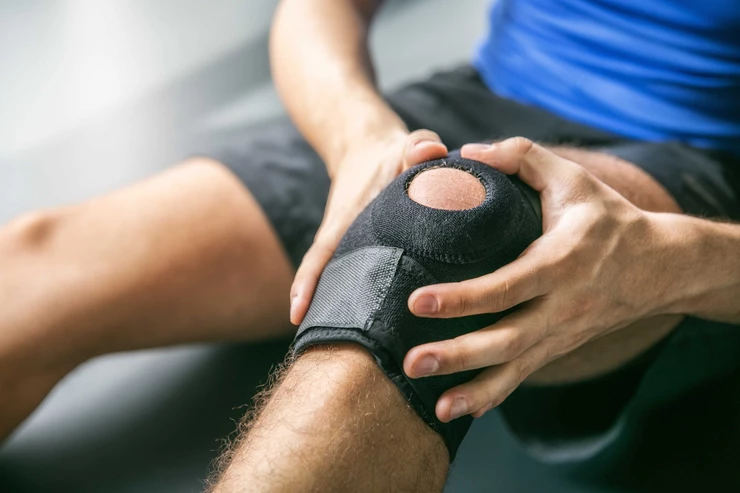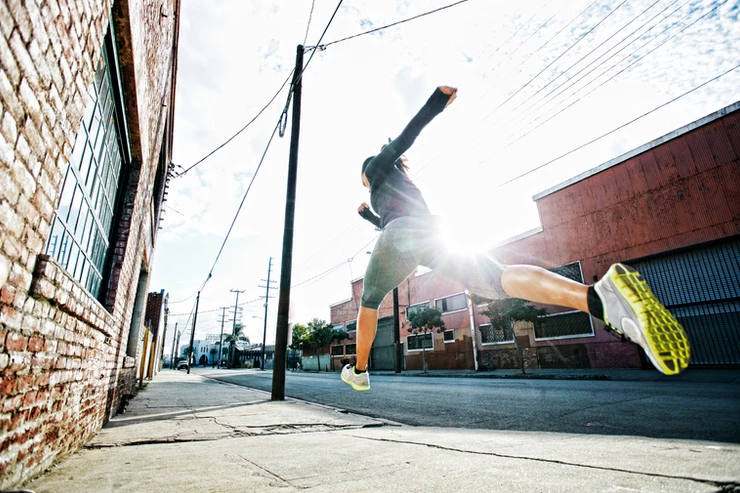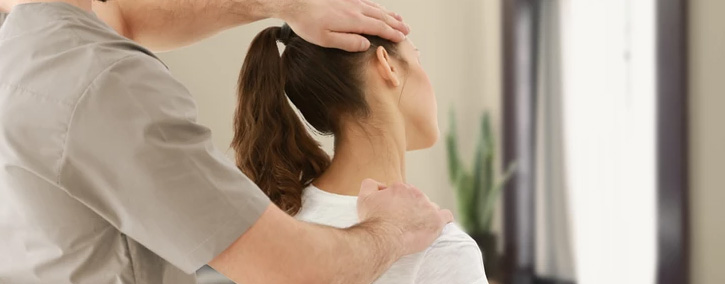People often get shoulder pain from working out, but one of the most common exercises where this occurs is during the bench press. People want to keep exercising, but find the pain worrisome as well as difficult to adjust to.
It’s a common question we see asked online and one that a lot of our gym-going clients ask about in their sessions. If the shoulder hurts only during bench press or push-ups, you probably haven’t injured it too badly. You should be able to make the following adjustments and get back on track.
But if you’ve gotten to the point where your shoulder hurts all the time, or when you are trying to sleep, you should probably hold off on the following recommendations and get in to see a physiotherapist first (you may have to start with an even more foundational approach than this).
What Causes Shoulder Pain during Bench Press?
There are really only two ultimate causes for pain while bench pressing. The first is repetitive overuse. The second is poor form. If you combine the two – lots of reps with terrible form – you are going to have problems sooner rather than later, and unfortunately, that happens very often.
Bad form leads to more strain and compression on the shoulder than it can withstand, and a high volume of lifts causes the microscopic structure of the tissue to break down over time. Your body can only heal at a certain rate, and if you exceed that rate on a regular basis, you’ll eventually start to wear it out.
How to Stop Shoulder Pain During Bench Press
To stop your shoulder from hurting during bench press, you have to take care of both overuse and poor technique. This applies no matter what kind of shoulder injury you have, or may be recovering from.
Simple changes to technique can allow you to bench press even with an irritated shoulder. The most important change when exercising with any joint pain is to decrease the amount of weight on the bar to a level that is comfortable. The second step is to improve your form and focus on proper power generation from your core to extremity.
1. Decrease the Weight
The first step is deloading. That means reducing the weight to a comfortable level. Many people just refuse to do this. They worry too much about what other people will think of their lightweight bench press or they worry that they will lose their gains, but without the important step of deloading, nothing else will work.
Put your ego aside and help yourself. It’s a short-term loss for a long-term gain.
In our experience, this often means dropping to 50% of your previous one rep max, sometimes even lower. It’s important to find this pain-free weight range and stay there.
2. Narrow Your Grip
Too many people make the mistake of bringing their arms out to nearly 90 degrees. This wide grip puts certain shoulder structures in a more vulnerable position when performing the lift. It also increases the leverage of the bar on your shoulder, leading to excess strain. This position also increases impingement on the rotator cuff.
The first thing you want to do is to narrow your grip and bring your elbows closer to the side of your body. This reduces the impingement on the rotator cuff compared to a wide-grip. Your arms shouldn’t be right at your sides, either. You want the arms to be about 45 degrees from your sides.
Alternatively, some people lack the wrist mobility to use a barbell properly. These people find that bringing the elbows closer to the body is either painful at the wrists, or just impossible to do. If this is the case, you should switch to dumbbells. This will allow you to keep the shoulders in the proper position without straining the wrists.
3. Get Your Shoulders Into Proper Position
Scapular stability is just as important as core stability. Scapular stability is the capacity to hold your shoulder blades retracted and depressed during upper body exercises. In English, this translates to “Squeeze your shoulder blades together, and don’t shrug.”
Keeping your shoulder blades down and back makes sure that the shoulder is as open as possible, which prevents free motion without impingement.
The first thing people notice when they do bench press with their shoulders stabilized properly is that their latissimus (lats) feel sore after bench pressing. It’s not something they are used to, but it actually means you are doing it right!
4. Engage Your Core
The next step is to make sure your core is engaged and there is some arch to your back. There is a debate in lifting technique involving just how much a lifter should arch their back during a bench press. However, everyone agrees there should be some arch.
The arch is a very stable structure which can hold a lot of weight. We see this every day, from bridges to buildings and even the arch of your foot. Arching occurs naturally when you stabilise your scapulae while keeping tension in your core and legs. This allows you to have a solid base and push from your heels through your core and into the shoulders and arms.
And arching also changes the angle that your shoulders move relative to your body. This position allows you to engage the lower half of the pectoralis muscle during a bench press ensuring that you can use the entire muscle.
Some arching of the body also brings the chest up towards the bar. This is important because strain in the shoulder is usually greatest at the bottom of the press. By bringing the sternum up to meet the bar, you avoid that vulnerable position.
Fix Your Shoulder Pain
All of these tips are ways to workout safely even if you have shoulder pain, but if your pain doesn’t go away after these adjustments, you should go see a physiotherapist for further evaluation and treatment.
Often, if you have irritated the shoulder, some basic treatment and simple exercises are the best way to get it feeling better. If you live within our service area, you can call or text us to book an appointment, or even just to find out some more information.




Leave a comment…